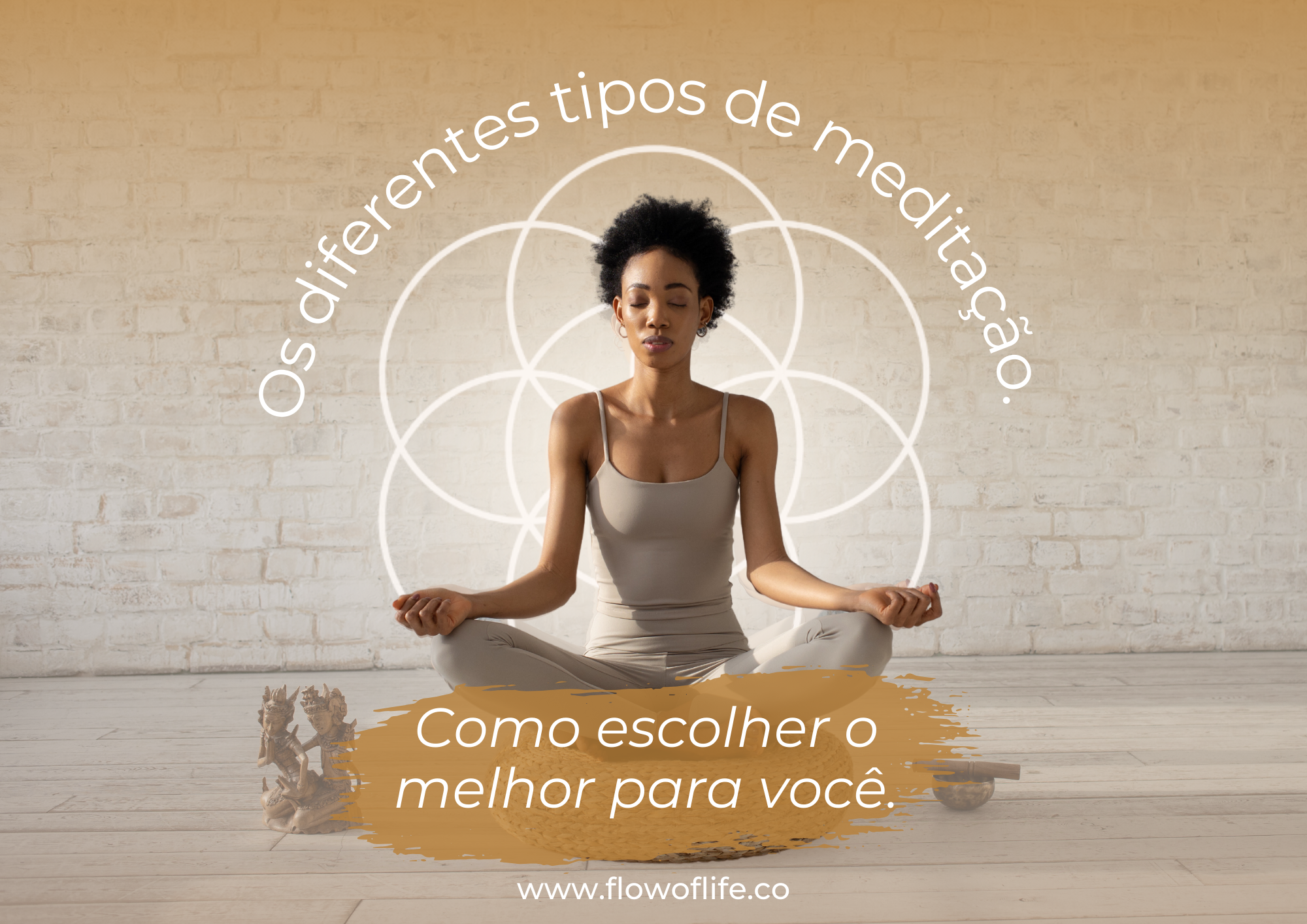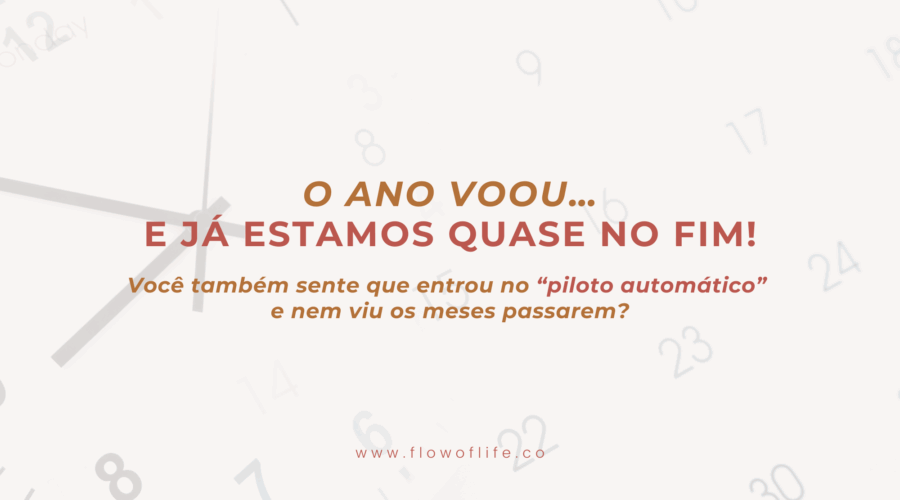The practice of meditation has been a valuable tool over the centuries for physical, mental and spiritual well-being. With such a wide variety of techniques available, it can be challenging to find the one that best suits our individual needs. Among the different types of meditation are Mindfulness, Buddhist meditation, transcendental meditation and a number of other approaches that vary in techniques and objectives.
Mindfulness, derived from Buddhist practices, has gained significant popularity in recent decades. One of its most notable origins is the Mindfulness-Based Stress Reduction Program (MBSR), developed by Jon Kabat-Zinn. This method focuses on mindfulness of the present moment, without judgment, and is internationally recognized for its therapeutic benefits. Flow of Life follows this protocol, integrating it into its approach to promoting mindfulness.
Transcendental meditation, on the other hand, is a technique that focuses on repeating a personal mantra to achieve a state of transcendental consciousness. This practice is not strictly Mindfulness, as it involves directing the mind towards a specific object, the mantra, rather than passively observing thoughts.
Other techniques include controlled breathing, such as yoga pranayama, which can be considered a form of concentrated meditation. Visualization, movement through yoga or chikung, and chakra-based meditation are other approaches that vary in terms of physical and mental practices.
Affirmations, devotional/spiritual meditations and walking are all methods that can be considered Mindfulness depending on how they are practiced. While affirmations can involve repeating positive thoughts with full awareness, walks can be an opportunity to be fully present in your surroundings.
Meditation techniques with a specific focus, such as mantra and natural sound meditation, are forms of concentrated meditation, while loving kindness/Metta, Vipassana, Zen and Kundalini are examples of open meditation, which emphasize awareness without a specific focus.
Active/dynamic meditation, popularized by Osho, is an approach that combines physical movement with meditation practices, aimed at releasing blocked energy in the body. This technique may not strictly fit the definition of Mindfulness, but it can be beneficial for some people looking for a more dynamic form of meditation.
Body scanning is another technique that can be practiced with or without Mindfulness, focusing on body awareness and relaxation.
When choosing the best meditation practice for you, it's important to consider your personal goals, preferences and lifestyle. Experimenting with different techniques can help you find the one that resonates best with you and offers the desired benefits for your mental, physical and spiritual health.
And to delve deeper into the different types of meditation, there are some options such as:
1. mindfulness:
This technique has its roots in the Buddhist tradition, but has been secularized and adapted for the modern world. Mindfulness involves paying full attention to the present moment, observing thoughts, emotions and bodily sensations without judgment. The aim is to develop a greater awareness and acceptance of present experience. Mindfulness practices, such as MBSR, have shown significant benefits for reducing stress, anxiety and improving mental and emotional health.
2. Transcendental Meditation:
This technique involves the silent repetition of a personal mantra to transcend thoughts and reach a state of expanded consciousness. Transcendental meditation is practiced twice a day, for around 20 minutes each session. Although it is an effective form of relaxation and stress reduction, it differs from Mindfulness in its more focused and directed approach.
3. Meditation based on Yoga and Chikung:
Yoga and chikung incorporate a series of practices that combine physical movement, breathing and meditation to promote mental, emotional and spiritual balance. These practices can include asanas (physical postures), pranayama (breath control), and meditation techniques that aim to harmonize the energy of the body and mind. They can be considered forms of Mindfulness meditation when practiced with full awareness of the present moment.
4. Focused and Open Meditations:
Focused meditations, such as mantra meditation and breathing meditation, direct attention to a specific object, such as a sound or the breath. Open meditations, such as Vipassana and Zen meditation, encourage a broad and open awareness, without fixing the mind on a specific object. Both approaches can be beneficial, depending on individual preferences and the aims of the practice.
5. Active and Dynamic Meditations:
These practices, such as Osho's dynamic meditation, combine physical movement, emotional expression and meditation to release blocked energy and promote the expansion of consciousness. Although they may not fit the strict definition of Mindfulness, they offer a unique approach to exploring the mind and body in an integrated way.
6. Other Meditation Techniques:
In addition to those mentioned above, there are several other meditation techniques, such as chakra-based meditation, loving-kindness meditation, meditation with natural sounds, devotional/spiritual meditation and visualization meditation. Each of these techniques offers a unique approach to cultivating inner peace, mental clarity and emotional well-being.
When choosing the best meditation practice for you, it's important to experiment with different techniques and observe how each one resonates with your body, mind and spirit. Consider your personal goals, preferences and lifestyle, and be open to exploring new approaches as your meditation practice evolves. Remember that there is no "right" or "wrong" technique - the most important thing is to find the one that is authentic and meaningful to you.
As we reflect on the different types of meditation, it is essential to approach this topic with love and empathy. We recognize that each individual is unique, with their own experiences, challenges and aspirations. It is important to respect the diversity of paths that people can follow in their quest for well-being and self-knowledge.
Our intention in discussing the existing modalities of meditation is to be able to promote an open and compassionate dialog in which we can learn from each other and grow together. May we cultivate a culture of mutual respect, understanding and support as we continue our journey of meditation exploration and practice. May we be kind to ourselves and others, recognizing that we are all at different stages of our journey and deserve unconditional love, compassion and acceptance.
May the practice of meditation inspire us to cultivate more love, peace and compassion in our lives and in the world around us. May we be lights of love and kindness, radiating harmony and balance wherever we go.
May we all find inner peace and lasting happiness through the practice of meditation, and may we share the fruits of this practice with all beings, spreading love throughout the universe.
With love and empathy, we continue on our journey of growth and transformation.
May all beings be happy. May all beings be free. May all beings find peace.




